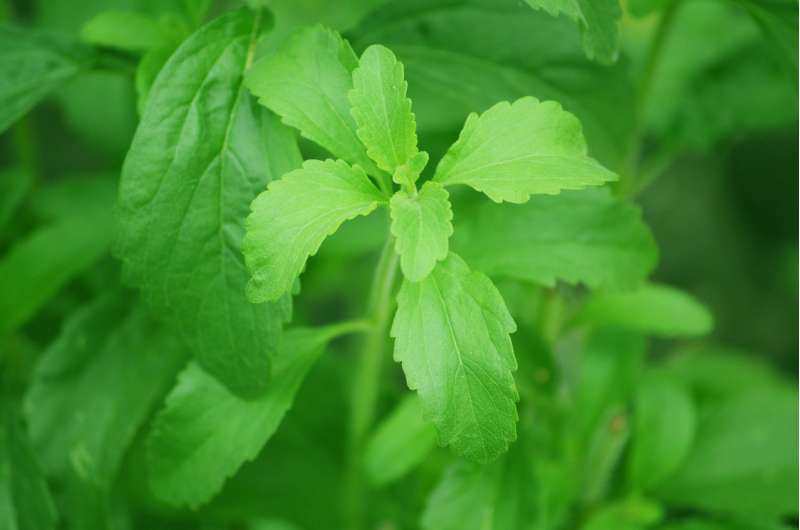Sleep Apnea and the Surprising Potential of Conch Shell Exercises

Discover the emerging research suggesting that traditional conch shell exercises could support sleep apnea treatment by strengthening airway muscles, offering a cultural and accessible therapy option.
Could blowing into a conch shell actually help in managing sleep apnea? This intriguing idea caught my attention as a sleep medicine specialist. Traditionally, treatments for sleep apnea include devices like CPAP masks, oral appliances, surgical options, and lifestyle changes such as weight management and quitting smoking. However, the notion of using a sea shell—a natural object with cultural and historical significance—as a therapeutic tool introduces a fascinating new perspective.
A conch shell is a large sea snail’s spiraled home that can be hollowed out and blown like a trumpet. Its use is centuries-old, involved in rituals, ceremonies, and communication across various cultures worldwide. The recent suggestion that this ancient practice might aid in treating sleep apnea is quite novel.
Sleep apnea is a condition characterized by repeated pauses in breathing during sleep, often due to relaxation of throat muscles that causes airway obstruction. This leads to fragmented sleep and decreased oxygen levels, which can have serious health consequences such as high blood pressure, heart disease, and increased risk of accidents due to excessive daytime sleepiness.
Currently, standard treatments aim to keep the airway open during sleep. The most effective is CPAP therapy, which delivers continuous airflow through a mask to splint the airway. Other options include oral devices, surgery to remove enlarged tissues, and newer methods like electrical stimulation of airway muscles. Lifestyle modifications, such as weight loss and avoiding alcohol and smoking, are also important components of managing the condition.
The idea behind using a conch shell involves airway muscle training. When blowing through any narrow opening—like a conch shell—the muscles responsible for keeping the airway open are exercised. Scientific studies support that exercises targeting the tongue, palate, and facial muscles can reduce symptoms of mild to moderate sleep apnea. Similar research has explored playing wind instruments like the didgeridoo, which requires sustained airway control, showing promising results but with challenges related to patient compliance.
In this context, the conch shell could serve as an accessible, culturally rich tool for certain patients, especially with milder symptoms. It offers an engaging alternative that might be easier to adopt and incorporate into daily routines compared to other breathing exercises.
However, it’s crucial to note that conch shell exercises are not a replacement for established, evidence-based treatments. Patients with suspected sleep apnea should seek proper medical evaluation and follow proven therapies like CPAP. Nonetheless, integrating such traditional exercises as part of a comprehensive treatment plan could enhance overall management, especially in suitable cases.
Sleep medicine has often focused on cutting-edge technology, but embracing simple, ancient practices like blowing into a seashell reflects an innovative, holistic approach. The concept—coined as "conchological respiratory muscle rehabilitation"—might someday find its place alongside conventional treatments, offering a novel, culturally meaningful option for improving airway function during sleep.
Stay Updated with Mia's Feed
Get the latest health & wellness insights delivered straight to your inbox.
Related Articles
Potential Cancer-Fighting Properties of Fermented Stevia in Pancreatic Cancer Research
New research highlights fermented stevia's promising anti-cancer effects against pancreatic cancer cells, opening pathways for natural and targeted cancer therapies.
The Impact of Neighborhood Environment on Cognitive Aging and Decline
Research shows that walkable, green, and connected neighborhoods can significantly slow cognitive decline in older adults, emphasizing the importance of urban design for brain health.



